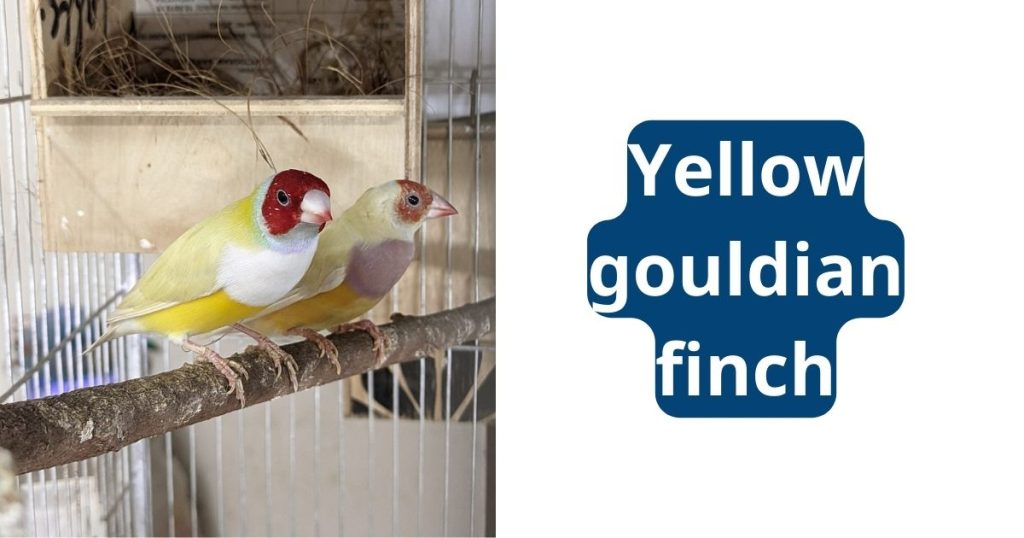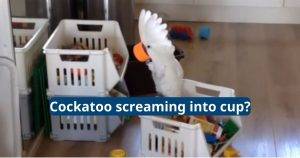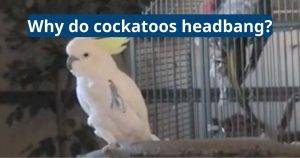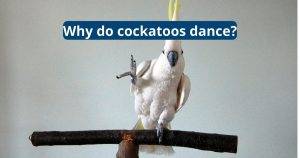Yellow Gouldian Finch Genetics

Genetics can be quite complicated especially when dealing with a bird as diverse as the yellow gouldian finch. The permutations and explanations could fill a book. Researchers have found that head color morphs of Gouldian finches differ in their exploratory and risk-taking behavior in the wild. They also follow different species of Estrildid finches when visiting waterholes.
The Gouldian Finch
The Gouldian Finch is a very beautiful, endemic, primarily seed-eating finch found in Australia. The Gouldian Finch is a popular bird in aviculture due to its vibrant color and beautiful song. It inhabits savannas and open woodlands of northern Australia.
Its habitat is threatened by wild fires that destroy their native grasses for food and by human development, cattle grazing and altered fire regimes. The Gouldian Finch is listed as an endangered species in Australia due to a steep decline in population numbers over the past two decades.
It is also vulnerable to airsac mite infections that occur in wild populations when a compressed moult is interrupted at the end of the breeding season or at the height of a drought. This critical period of physiological stress results in a rapid decrease in immunity making the birds susceptible to acute onset of airsac mite infection (Franklin et al. 1998). The Gouldian Finch lays a clutch of 4-8 eggs and both parents help incubate them during the day. Males court females by head bobbing and ruffling their brightly colored feathers.

Habitat
Gouldian finches prefer open habitats of broad grasslands with a good supply of water. They are a seed eater and need a specific blend of grass types to thrive. They nest in tree hollows and termite nest holes that are close to a source of water.
They are a very social bird and are found in large flocks during the breeding season, but outside of that they are more nomadic. Flocks can consist of up to 2,000 birds.
The Gouldian is an extremely brightly coloured bird with a rainbow of red, yellow, and black feathers. The male’s head can be either black or red, or a striking yellow. Until recently, people thought these were three different species of finch, but now we understand that naturally occurring differences in head colour are merely morphs of the same species. The morphs can be distinguished from one another by the colour of their beak tips. Black heads have black beak tips, while red-headed birds have red.

Breeding
Gouldian finches are monogamous and form long-lasting pair bonds. They breed during the early dry season when food is abundant and they often nest in tree holes or wicker baskets. Males court females by hopping around, puffing out their chest feathers and expanding their wings while chirping.
In captivity, Gouldians require a large cage and a high-quality diet. They love to play with toys and are especially attracted to free-hanging mirrors – they will chirp and chatter at their own image. They are also curious and like to perch on free-standing bird perches.
It is important to know your breeder well when purchasing these birds as they are difficult to breed and prone to disease. Ask the breeder about their breeding history and ensure they are using clean and sanitary breeding conditions. These birds are prone to air-sac mites and require regular veterinary care, including vaccinations. They also need to be acclimated to a range of temperatures.

Feeding
Like most finches they are seed eaters, preferring a mix of weed seeds and grains to help them weed out pests. Gouldians need a higher protein diet during the breeding season to assist in developing chicks.
They nest in open cup nests in tree hollows or termite mounds. They produce one or two broods each year laying four to eight eggs. A successful pair will stay together to raise their young.
During courtship males display their brilliant colours with head bobbing and beak wiping. The female responds with some feather ruffling and head expansion.
After the breeding period has finished, I put my Gouldians on a maintenance feed to give their bodies a rest from the high energy demands of breeding and molting. They are fed a mixture of Canary Seed (recognised for its high protein levels), Yellow Panicum, Ryegrass Seed, Signal Grass, Hemp Seed and Pinhead Oatmeal. The feed is offered continuously. It is important to give your birds a varied diet to prevent boredom.



